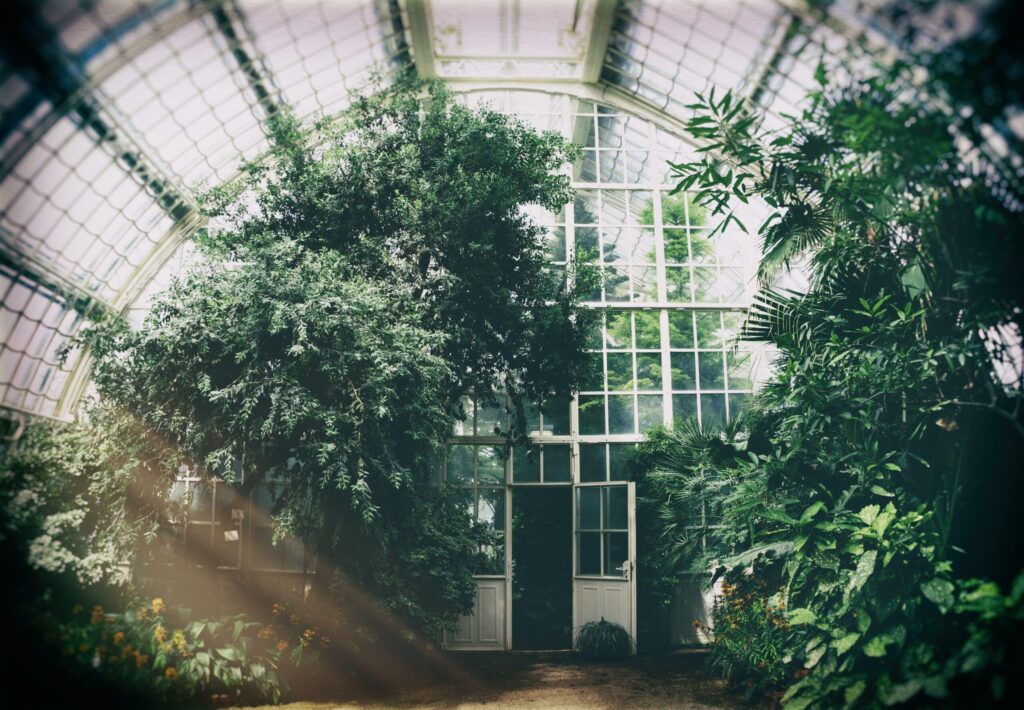Situations of increasing vegetation in urban areas

In the heart of our bustling cities, where concrete and steel reach for the sky, an unexpected phenomenon has been quietly unfolding – the resurgence of vegetation. While the sight of greenery might seem like a welcome change in the urban landscape, it comes with its own set of challenges. As we witness the return of nature to our concrete jungles, let’s explore the problems posed by increasing vegetation in urban areas, with a perspective of empathy.
Overgrown Spaces, Unintended Consequences:
As plants flourish in unlikely places, overgrown greenery can sometimes lead to unintended consequences. Sidewalks become narrow, impeding pedestrian movement and accessibility for those with mobility challenges. It’s essential to balance the beauty of nature with the needs of urban dwellers, ensuring that everyone can navigate the city streets comfortably.
A Haven for Pests:
With the surge in vegetation, there’s an increased likelihood of attracting pests such as rodents and insects. While we celebrate the return of nature, we must also address the challenges it presents. Pest control measures need to be sensitively implemented to ensure a harmonious coexistence between humans and the revived urban flora.
Infrastructure Interference:
As vines climb walls and trees grow taller, the delicate dance between nature and infrastructure takes centre stage. Utility lines, building facades, and even roads can be affected by the unchecked expansion of vegetation. Empathy calls us to find solutions that preserve both the beauty of nature and the functionality of urban structures.
Maintenance and Resources:
Nature’s resurgence requires attention and care. The maintenance of urban greenery demands resources such as water, time, and manpower. We must consider the balance between providing a nurturing environment for plants and ensuring the responsible use of resources in a city where demands are already high.
Ecological Imbalance:
While the return of vegetation is heartening, it can upset the ecological balance that urban areas have come to rely on. Invasive plant species might outcompete native ones, affecting local biodiversity. Taking a step back, we should consider strategies to reintroduce native flora and promote a diverse, sustainable ecosystem.
Sensitive Cultural and Historical Sites:
In cities rich with cultural and historical significance, the sudden growth of vegetation can obscure heritage sites and landmarks. Empathy prompts us to recognize the value of preserving our history while embracing nature’s resurgence. Striking the right balance between the two is crucial for maintaining our cultural identity.
Fire Hazards and Safety Concerns:
As vegetation thrives, the risk of fire hazards in densely populated urban areas increases. Dry and overgrown plants can become fuel for fires, posing a threat to both property and lives. Our empathy should guide us in adopting proactive measures to manage this risk and ensure the safety of our communities.
Embracing Green Spaces Mindfully:
As we navigate these challenges, it’s important to remember that the return of nature is not a problem in itself, but rather a phenomenon that requires our thoughtful consideration. Empathy encourages us to find innovative solutions that honour both the resilience of nature and the needs of urban life.
In conclusion, the increasing vegetation in urban areas presents us with a complex tapestry of challenges that call for our empathy and creativity. As we bear witness to the greening of our cities, let us embark on a journey of coexistence, where the harmony between nature and urban living is our ultimate goal. By approaching these problems with an open heart and a commitment to finding balanced solutions, we can create a future where both nature and humanity thrive together.